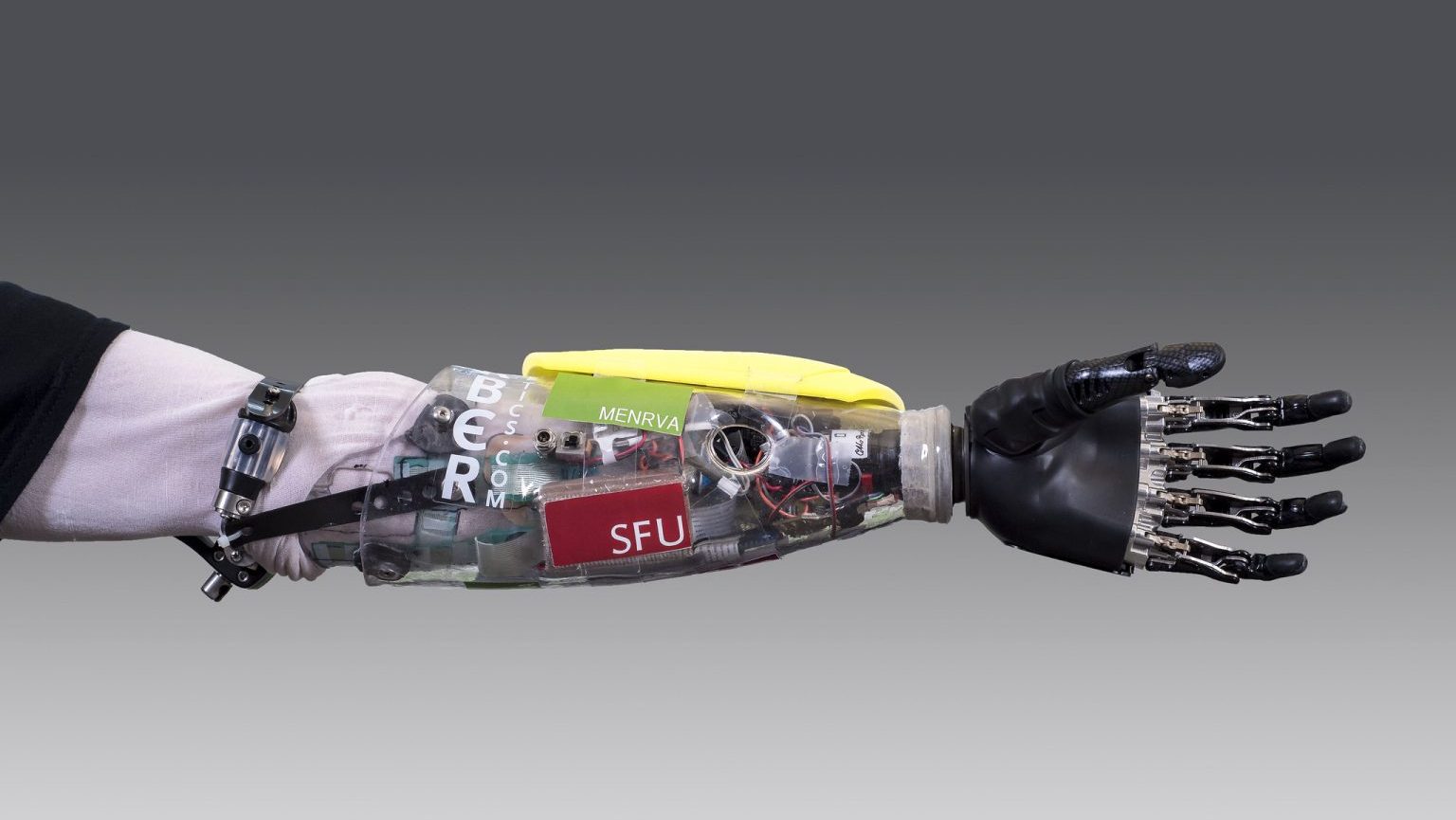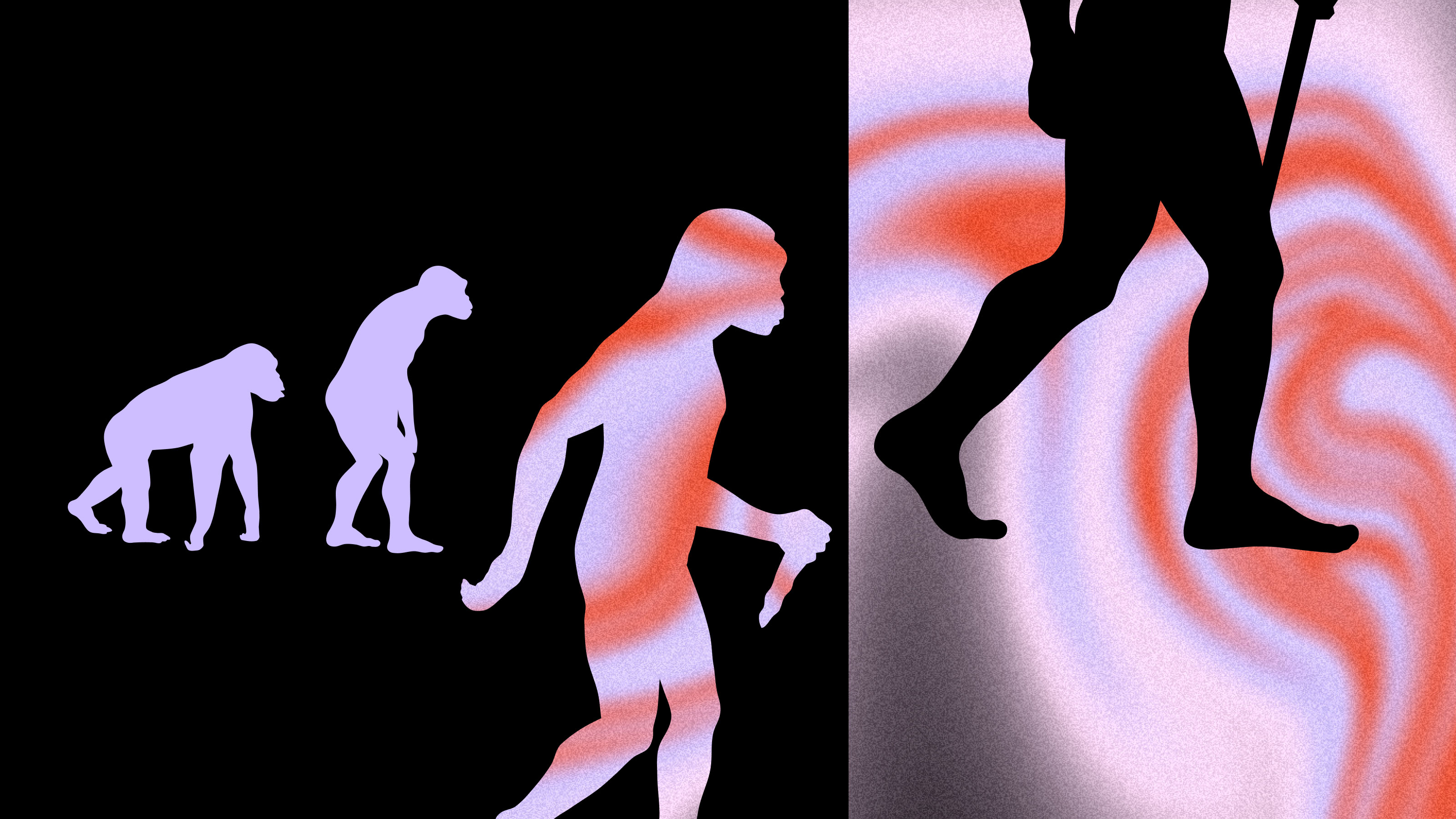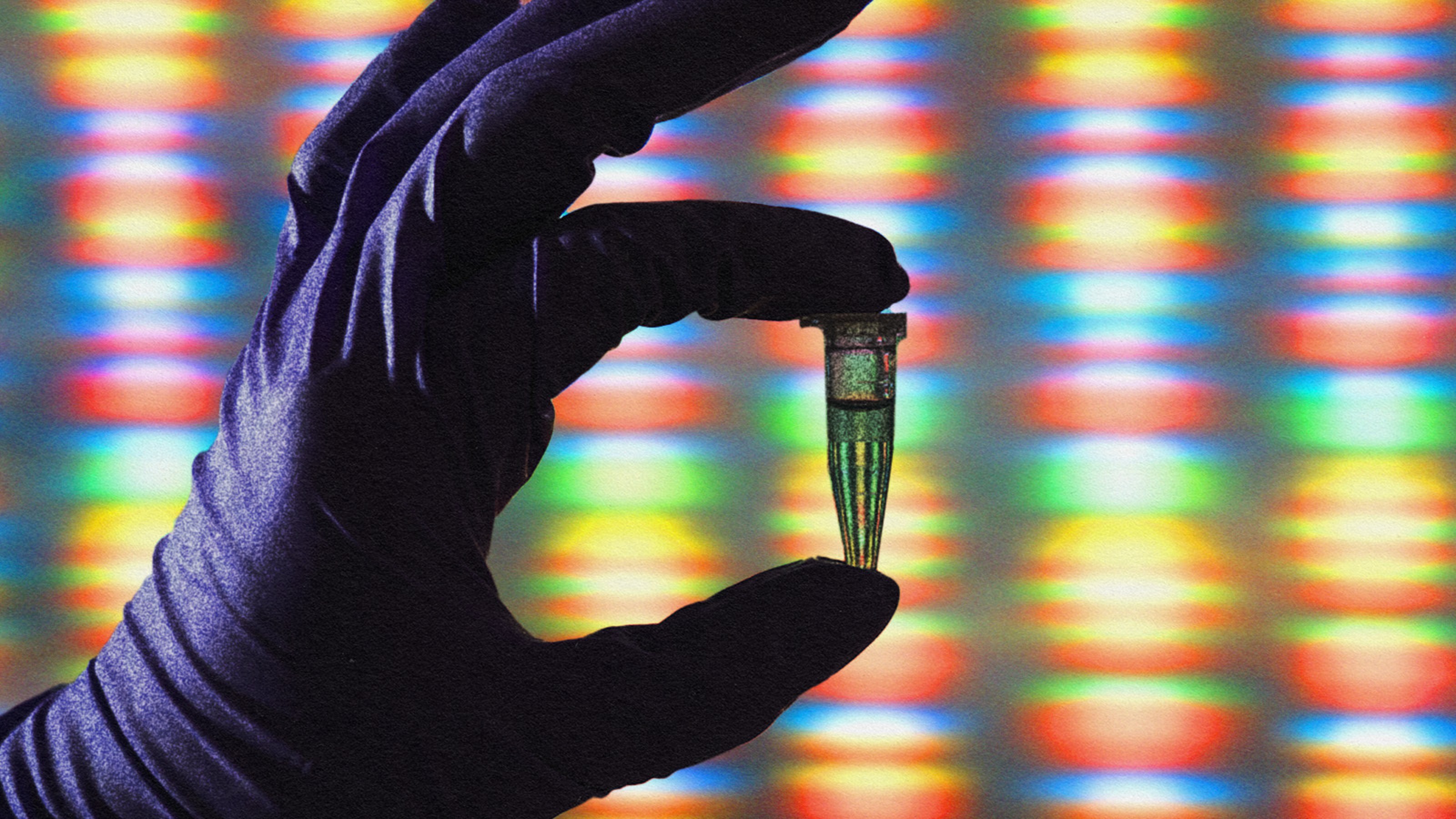Attention-Deficit Hyperactivity Disorder is real, says Koplewicz: the frontal lobes and cerebellums of people which ADHD are significantly different that those of people without it.
Question: Are there noticeable differences between a “normal” brain and one with ADHD?
Harold Koplewicz: So Attention Deficit/Hyperactivity Disorder is a very misunderstood psychiatric disorder. It’s real. Literally five to eight percent of the population has this disorder. And the important part is that it’s a variation on normal. So, you have children who are more hyperactive, more impulsive, more inattentive than other children their developmental age. And it is a lifetime disorder, so that it will look slightly different, obviously, between a preschooler, a school-aged child, high school student or an adult, but there is still a consistency of inattention, impulsivity, and hyperactivity.
And in fact, most often, we see that hyperactivity disappears as someone gets older. And so when they’re in their late adolescence and early adulthood, that symptom seems to go away. And if we are able to look at the brains of children who have ADHD, they look different than typical children. And in fact, an important study was done about 15 years ago that followed kids over a decade who had Attention Deficit/Hyperactivity Disorder, and these were children who had never taken medication. This was a group of kids who met the diagnostic criteria, were studied at the National Institute of Mental Health, and had parents who said, under no circumstances will we treat our kids with Ritalin or any kind of medication, and were compared to a group of typical, or normal, children of the same age. And they found that there were significant differences in the frontal lobe and in the cerebellum.
The frontal lobe is where you have your executive functioning. Where you are able to prioritize which item should I attack first. What’s the important thing that I should do today and how do I get that done before I go to item two, three, four, or five that are tackling me... as far as my daily tasks.
And the cerebellum is where coordination is. And so it’s really interesting that as these kids got older and hit adolescence, their cerebellum started to look more like the same size as the typical “normal” kids, and it would explain why the hyper-activity symptoms seem to diminish and yet the frontal lobe still seemed significantly smaller than the typical “normal” child.
Question: How do these drugs treat the imbalances in the brain?
Harold Koplewicz: I think it’s important for us to realize that our brains are filled with neurotransmitters. These are brain chemicals that move from one part of the brain to another and take messages with them.
The three big neurotransmitters would be dopamine, norepinephrine, and serotonin. And when you have Attention Deficit/Hyperactivity Disorder, you use your dopamine and your norepinephrine faster in your brain than the average person. And when you don’t have enough of that, you become inattentive or you become more impulsive or you’re more hyperactive.
The centers of the brain that are smaller on these patients who have ADHD seem to be very rich in dopamine and in norepinephrine, so it’s very nice that there’s a neuroanatomical reason for us to be sure that the chemicals that we are talking about are equal.
Now, you can’t take dopamine or norepinephrine or even serotonin and get it to your brain because there’s something in our body called the “blood/brain barrier.” It protects the brain and the spinal cord and the neurotransmitters; those brain chemicals that move back and forth in that space. And so we give medications that kind of change, or trick the brain, so that we allow dopamine or norepinephrine, in the case of kids with ADHD, to hang around longer in the brain to make them look more typical.
These medications, whether they’re Ritalin, which is very similar to Focalin and a group that’s called methyl amphetamine, versus dextra-amphetamine, or Dexedrine, or Adderall, which is a little more potent. Both of them create about the same types of chemical response, which is to make dopamine and norepinephrine more available. But they’re short acting medicines. They last anywhere from four hours to about 10 hours, and once the medicine is out of the system, you’re right back to where you were at baseline. So there is really nothing permanent about this. This is a treatment, not a cure.
Recorded August 18, 2010
Interviewed by Max Miller





